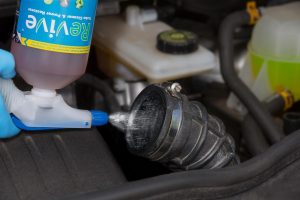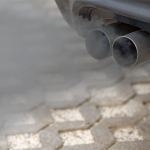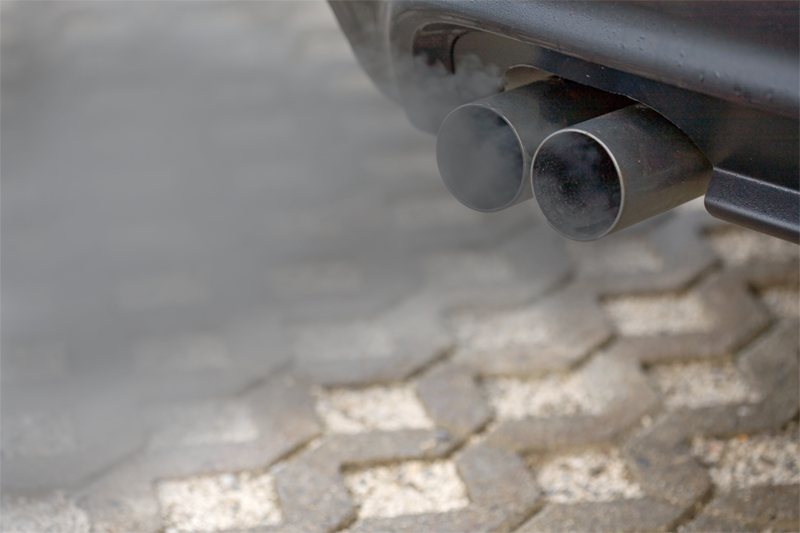Sales and Marketing Manager at Revive, Andy Amor, answers your burning questions.
PMM: How does Revive Turbo Cleaner and Power Restorer work?
Andy Amor (AA): Revive is a noncaustic, non-flammable and non-combustible surfactant, which, when applied at velocity through the combustion process, locks onto the surface layers of soot and carbon deposits, removing them in tiny particles. These particles are no larger than the soot particles the engine generates naturally.
PMM: Can the treatment block a diesel particulate filter (DPF)?
AA: Simply put, no. However, whilst there is a Diagnostic Trouble Code (DTC) in the Engine Control Unit (ECU), the ECU will stop any attempt to naturally regenerate the DPF until the cause – such as ‘turbo over/underboost’ conditions – has been rectified.
 If ignored during this period, the pressure differential sensor will detect an increase in soot, and, as this continues to rise when the vehicle is driven, it will trigger a DTC relating to DPF blockage. When treating a vehicle, Revive will remove soot and carbon deposits from internal components, so the removed particles will certainly add to the soot levels in the DPF. Once the DTCs have been removed, though, the ECU will restart the regeneration process and will lower the soot levels.
If ignored during this period, the pressure differential sensor will detect an increase in soot, and, as this continues to rise when the vehicle is driven, it will trigger a DTC relating to DPF blockage. When treating a vehicle, Revive will remove soot and carbon deposits from internal components, so the removed particles will certainly add to the soot levels in the DPF. Once the DTCs have been removed, though, the ECU will restart the regeneration process and will lower the soot levels.
PMM: Is injecting Revive into the engine safe and reliable?
AA: Absolutely. The fluid is not a propellant, nor is it combustible, so it will not cause the engine to ‘run away’ or cause any violent engine knock. Due to the fluid being applied over 60 seconds for each of the three doses of 250ml, there is no chance of ‘hydro-lock’ either. Revive is a variant of fluid trusted in the cleaning and maintenance of aviation jet engines and is also used in the gas turbines that drive many of the world’s largest power stations – the liquid is manufactured to the highest standards.











